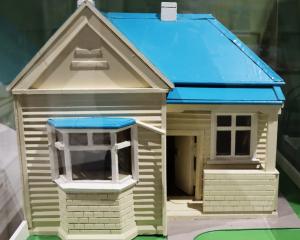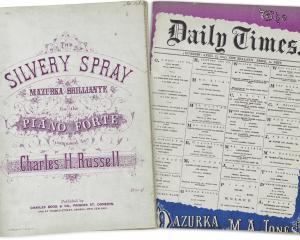
The Chinese penchant for games of chance is well known and Chinese miners from Guangdong brought several forms of gambling with them to New Zealand in the 1860s. These continued "underground" right through the 20th century, despite tight government controls on gambling that made them illegal.

For those in the know, Pakapoo tickets could be purchased in Dunedin’s Chinese quarter, around Stafford St. Customers could have included Allan Highet, who grew up in the city and attended the University of Otago in the 1930s.
By the early 1980s he was the Auckland-based Minister of Internal Affairs in Robert Muldoon’s government and keen to introduce a new numbers game called Lotto. It was loosely based on the Pakapoo game. Robert Muldoon vetoed the scheme, fearing its impact on the horse-racing industry.
However, Lotto was subsequently introduced by the David Lange government in 1987. It was an immediate success and has since become a staple of New Zealand life.
The similarity of these Pakapoo ticket forms to Lotto tickets is obvious: the green ink characters were marked in black ink with the agent keeping a copy. A master ticket, on which 20 green ink characters were marked, was then drawn and the winning ticket was that which best matched the master ticket’s choices.
- Sean Brosnahan is curator at Toitu Otago Settlers Museum.








![‘‘Neil’s Dandelion Coffee’’. [1910s-1930s?]. EPH-0179-HD-A/167, EPHEMERA COLLECTION, HOCKEN...](https://www.odt.co.nz/sites/default/files/styles/odt_landscape_small_related_stories/public/slideshow/node-3436487/2025/09/neils_dandelion_coffee.jpg?itok=fL42xLQ3)



